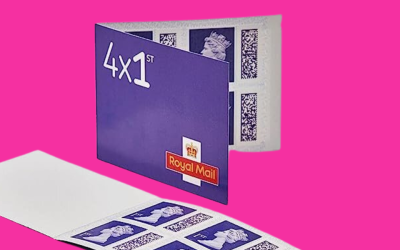[cs_content][cs_section parallax=”false” style=”margin: 0px;padding: 45px 0px;”][cs_row inner_container=”true” marginless_columns=”false” style=”margin: 0px auto;padding: 0px;”][cs_column fade=”false” fade_animation=”in” fade_animation_offset=”45px” fade_duration=”750″ type=”1/1″ style=”padding: 0px;”][cs_text]In this article we explore the value of opt-in and also explain the difference between opt-in and consent in relation to customer related data. [/cs_text][x_custom_headline level=”h2″ looks_like=”h4″ accent=”false”]What is Opt-in?[/x_custom_headline][cs_text]Opt-in is where a user has explicitly and specifically decided to opt-in to receive marketing communications from an organisation. There are a number of ways in which this could be achieved including:
- Telephone call – A user consents to receive marketing communications in a telephone call (which is usually recorded to prove that opt-in was achieved)
- An online form – A user completes an online consent form and ticks the box to receive further marketing communications. This is frequently requested at the time of an account sign-up and/or following a product purchase. Online opt-in could be achieved through both PC and PDA/mobile type devices
- Physical in person opt-in – Users can be opted-in through physical sign-up, e.g. street marketing, sign-up at an event or other suitable location. A physical form is completed with the tick box ticked for further marketing, the use signature on the form confirms they are opted-in
[/cs_text][x_custom_headline level=”h2″ looks_like=”h4″ accent=”false”]What is Consent?[/x_custom_headline][cs_text]Consent is where the user is deemed to have given consent but has not actually opted-in. This is usually because the user has failed to opt-out. A typical message on a form might be:
“By submitting your information, you are providing consent to receive marketing communication from us, tick the box below if you do not wish to receive this communication and that you have an objection to these messages.”
So consent is inferred customer acceptance rather than explicit opt-in.
[/cs_text][x_custom_headline level=”h2″ looks_like=”h4″ accent=”false”]What is the difference between opt-in and consent?[/x_custom_headline][cs_text]Opt-in does not mean exactly the same thing as consent in UK or European law. The main aspect to consider is that opt-in is explicitly obtained. Consent is an assumption where no specific customer positive action has been taken. [/cs_text][x_custom_headline level=”h2″ looks_like=”h4″ accent=”false”]Increased effectiveness of campaigns and targeting with opt-in [/x_custom_headline][cs_text]Direct mail campaigns which use opt-in data are proven to be more effective than those without any opt-in. The use of opt-in data saves the costs of direct mail where customers don’t want to receive it (e.g. stationery, printing, postage, etc.). This helps to increase campaign ROI and response rates by sending direct mail to a higher proportion of contacts that are likelier to take action. Successful campaign metrics are likely to create a climate where it’s easier to justify future campaigns internally. There is a reputational benefit too of sending to opt-in contacts as they are much less likely to complain about abusive marketing tactics. [/cs_text][x_custom_headline level=”h2″ looks_like=”h4″ accent=”false”]The need for legal compliance[/x_custom_headline][cs_text]Opt-in isn’t just a case of being required for sound marketing reasons, it’s also necessary to have opt-in for customer related data for legislative and regulatory requirements. User opt-in is required to be in compliance with the UK Data Protection Act of 1998. Also there is a new EU directive called the General Data Protection Regulation (GDPR), which will begin to be enforced from 2018. [/cs_text][x_custom_headline level=”h2″ looks_like=”h4″ accent=”false”]Contacting Baker Goodchild[/x_custom_headline][cs_text]We recognise it’s tempting to conduct direct mail campaigns without obtaining customer opt-in and consent, but really it’s not a viable approach. Call Baker Goodchild to plan your next direct mail campaign and how to approach data consent.
Image Credit: Vidas Vegas[/cs_text][/cs_column][/cs_row][/cs_section][/cs_content]





